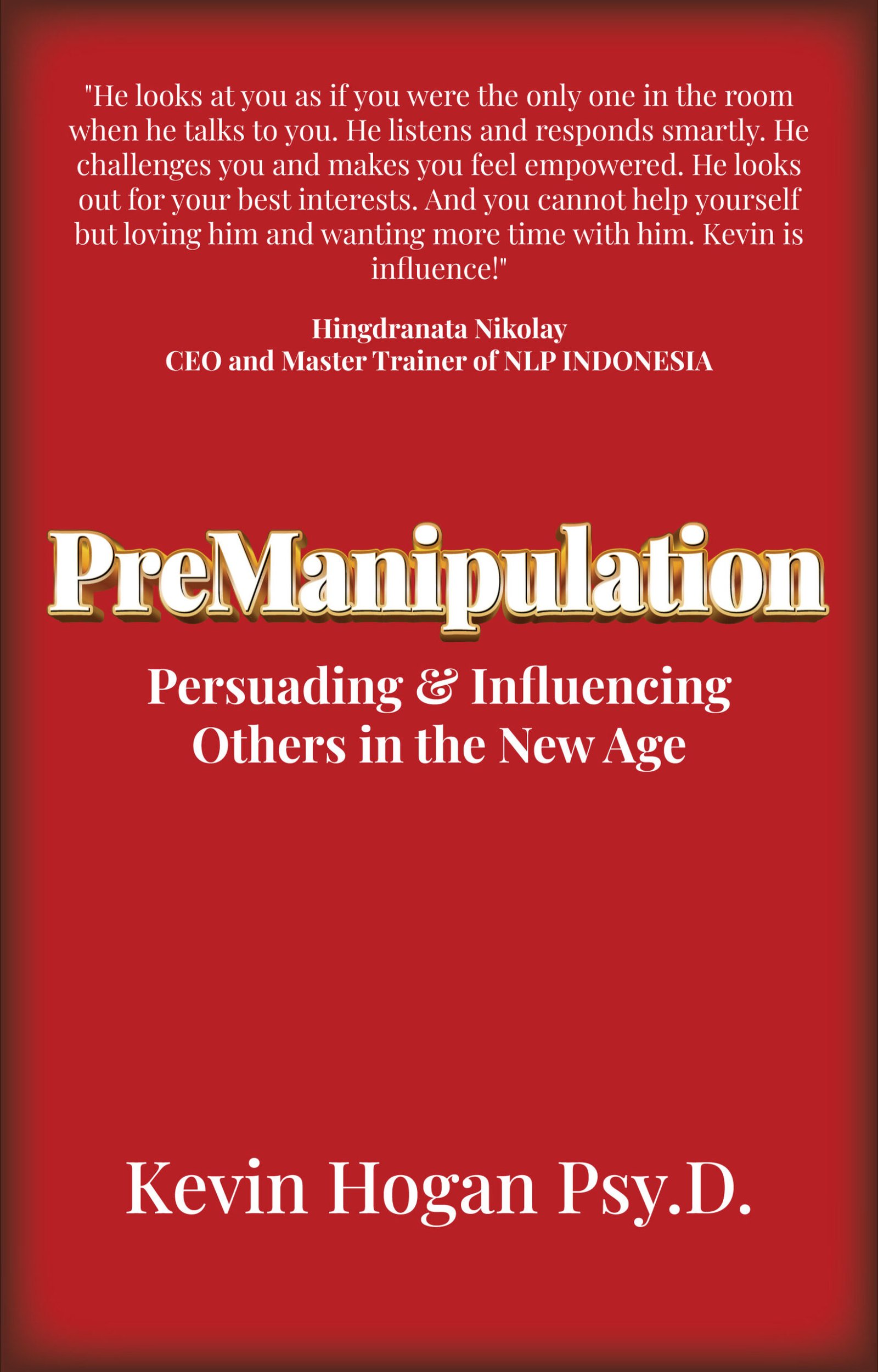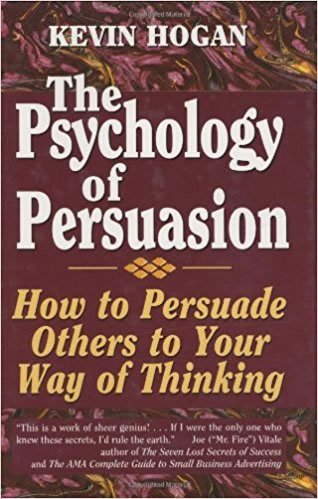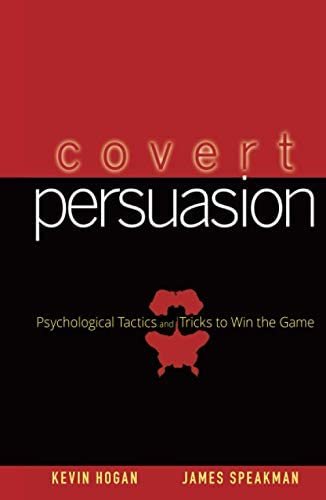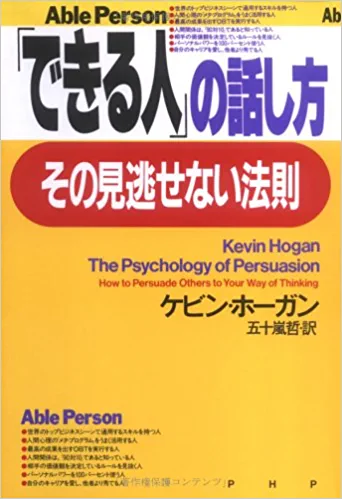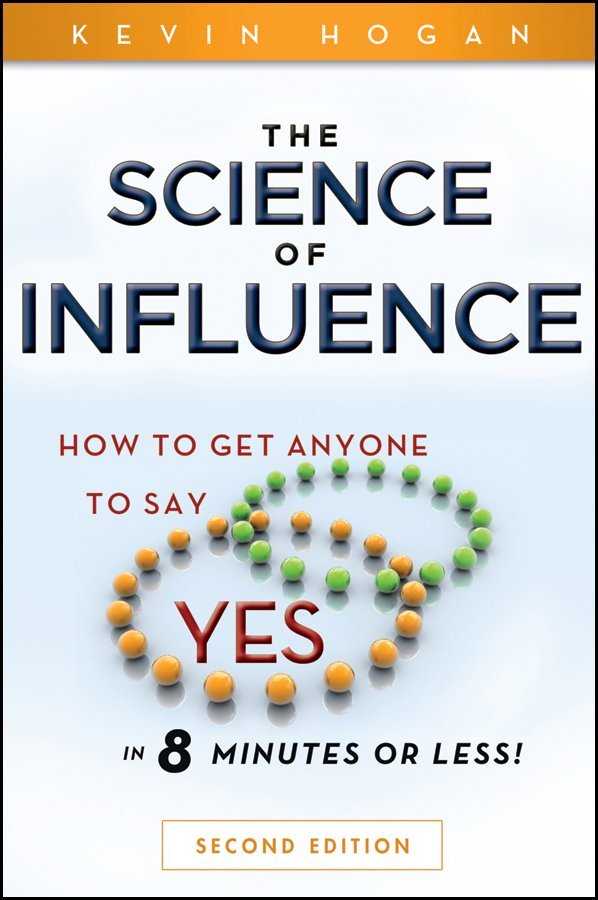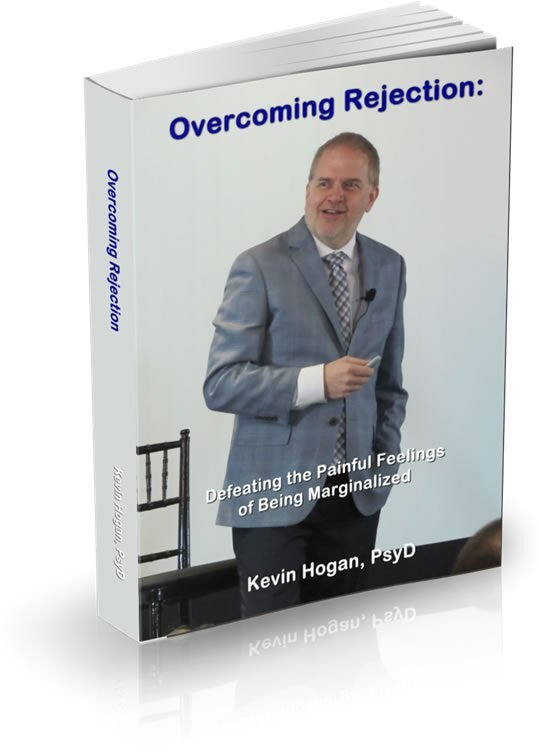How would you like to be able to trigger specific memories in other people’s minds?
How would you like to be able to trigger specific emotions in their minds?
IF you can do these two things and new research shows that you can; you have the ability to change a person’s state in a moment…alter their feelings instantly…and cause behaviors to occur where you wouldn’t have been able to in the past.
You can’t do it by simply endlessly chatting away. (OK that could cause boredom…which is a state!) You do it through elicitation with the realization that thoughts (memories) trigger emotions and specific feelings or emotions trigger specific thoughts.
Profound?
You bet.
Want to learn more?
I thought as much!
Researchers exploring the brain structures involved in recalling an emotional memory a year later have found evidence for a self-reinforcing “memory loop” — in which the brain’s emotional center triggers the memory center, which in turn further enhances activity in the emotional center.
The researchers said their findings suggest why people subject to traumatic events may be trapped in a cycle of emotion and recall that aggravates post-traumatic stress disorder (PTSD). They said their findings also suggest why therapies in which people relive such memories and reshape perspective to make it less traumatic can help people cope with such memories.
The paper by Florin Dolcos, Kevin LaBar and Roberto Cabeza, was published online, in the Proceedings of the National Academy of Sciences. The researchers are in Duke University’s Center for Cognitive Neuroscience, Department of Psychological and Brain Sciences, and Brain Imaging and Analysis Center. Their work was sponsored by the National Institutes of Health and the National Science Foundation.
“This study is the first to really test recall of emotional memories after a long time period,” said Cabeza. “Previous studies had only allowed a short time interval, for example minutes, between encoding of the memory and retrieval. Hence, they could not distinguish between the process called consolidation — in which memories are being established — and retrieval. Also, they did not distinguish between true recollection of a memory and a vague familiarity. In memory studies, it’s very important to distinguish between these two phenomena,” he said.
In their study, the researchers showed volunteer subjects images that were pleasant, unpleasant or neutral while their brains were being scanned with functional magnetic resonance imaging (fMRI). In this widely used technique, harmless magnetic fields and radio waves are used to image blood flow in regions of the brain, and increased blood flow is a signature of higher brain activity.
The pleasant images were of romantic scenes and sports; the unpleasant images involved injured people and violence, and the neutral pictures depicted buildings or other emotionally non-involving scenes. The subjects were asked to rate the emotional aspects of the images they saw.
Then, a year later, the researchers showed the same subjects a combination of images they had previously seen and new images — pleasant, unpleasant and neutral — while their brains were being scanned. They asked the subjects to indicate whether they had seen the images before and whether the memory also brought back associated details. Such details indicated the impact of the picture on the subjects.
The researchers found that the subjects did recall the emotional pictures — both pleasant and unpleasant — better than the neutral pictures, and this recall was based on specific recognition of the pictures.
This recall was associated with a correlated higher activity in both the amygdala — the region of the brain responsible for processing emotional memories — as well as the hippocampus, the main memory-processing center. The study also revealed greater amygdala-hippocampal correlation during recollection of emotional pictures than during recollection of neutral pictures, they said. The researchers said that one way of explaining the “co-activation” of these two centers was that they could be part of a “synergistic mechanism,” in which each activates the other during recall of an emotional memory.
Said Dolcos, “One way to interpret our result is that emotion can trigger recollection, and vice versa. The synchronicity between activity in the amygdala and hippocampus could go either way. The emotion enhances recollection, but at the same time by recollecting those events, you would also remember the emotional response. It could be like a loop in which the amygdala interacts with the hippocampus.” According to Dolcos, this memory loop could help understand the searing recall of traumatic memories in people with post-traumatic stress disorder.
“In such people, an emotional cue could trigger recall of the event, which would then loop back to a re-experiencing of the emotion of the event,” said Dolcos. “Or, remembering the event may trigger the emotional reaction associated with the event, which in turn could trigger more intense recall, in a continuous loop.”
Such insights into the nature of emotional memory support a therapeutic process that can affect “reconsolidation” of traumatic memories, said Cabeza. “Some studies have suggested that when you retrieve a memory it can not only be re-encoded, or reconsolidated, but you also put it into a labile state in which it can be transformed. While in such labile state, either the memory itself or the person’s perspective of it may be altered.” According to Cabeza, therapists working with people suffering from PTSD as a result of the 9/11 terrorist attack have used this technique to alleviate its symptoms.
In further studies, the researchers plan to manipulate the degree of emotion experienced by the subjects, as well as how much detail is remembered, to explore the specific interactions among brain structures in processing emotional memories. They also plan to analyze activity of other regions — such as those that process spatial, auditory, or visual information — during emotional memory processing to understand their role. Such studies would yield insights into how emotional memories involve integrating multiple brain regions, they said.
Intrigued? Discover the secrets to what separates Covert Hypnosis from every other compliance technology. Discover what even the experts don’t know about how the mind interacts with the unconscious mind.
![]()
![]()
![]()
Covert Hypnosis: An Advanced Course in Subtle Unconscious Influence The Master’s Secrets Revealed! (Vol. 1 – 8)
“This is THE advanced course in subtle influence! Remember when you read Covert Hypnosis: An Operator’s Manual, and you got that WOW! feeling inside?! Well, that was just the beginning. In Covert Hypnosis: The Master’s Secret Revealed, you are going to learn how to subtly move inside the minds of anyone you communicate with. In trance or out…this is the most powerful material on Covert Hypnosis on the planet. Period.” Kevin Hogan, Psy.D.
In CD 1, Kevin Hogan reveals specifically the secrets of how to weave the exact messages you want others to act upon into stories that captivate listeners.
CDs 2 & 3 show you how to motivate and compel other people to change their behavior as quickly as is humanly possible. Benefit: You can utilize these covert tools with your own unconscious mind because they link into the core drives and desires that you have!
CD 4 reveals ALL 22 elements of Covert Hypnosis for this first time anywhere! Never before released by anyone, anywhere. The complete Covert Hypnosis Model for change is here. Business? Sales? Consulting? Coaching? Therapy? Learn specifically how to generate change in their thinking with the Covert Hypnosis Model.
CD 5 gives you all the tools necessary to take a person’s deepest drives (sex, eating, acquisition, connection, etc.) and fuse them into building compelling outcomes (the girl of your dreams, lose weight, acquire wealth, meet new people easily). Ignore either aspect, and failure is assured. Successfully meld the two in the unconscious mind and amazing things can happen.
CD 6—Pattern Recognition: Getting someone to think about something is one thing. Getting someone to feel driven to DO something and then watch them do it like magic is something else entirely. Learn so much in just this one CD!!!
CD 7 – This is neuroscience and research that reveals how to rewire the brain. Some neuroscientists call it “sculpting.” It’s not something that happens instantly and it requires the use of both hemispheres which can be pretty tricky if you don’t know what you are doing.
CD 8 – You are going to learn some unique techniques in the eighth volume of Covert Hypnosis. Not only are you going to learn the truth about values (when they are critical and when they are MEANINGLESS) but you are going to discover the values of the unconscious mind! The unconscious mind and conscious mind do not correlate to each other but they both correlate to the behavior of every person you meet.
More Information about Covert Hypnosis or to order

